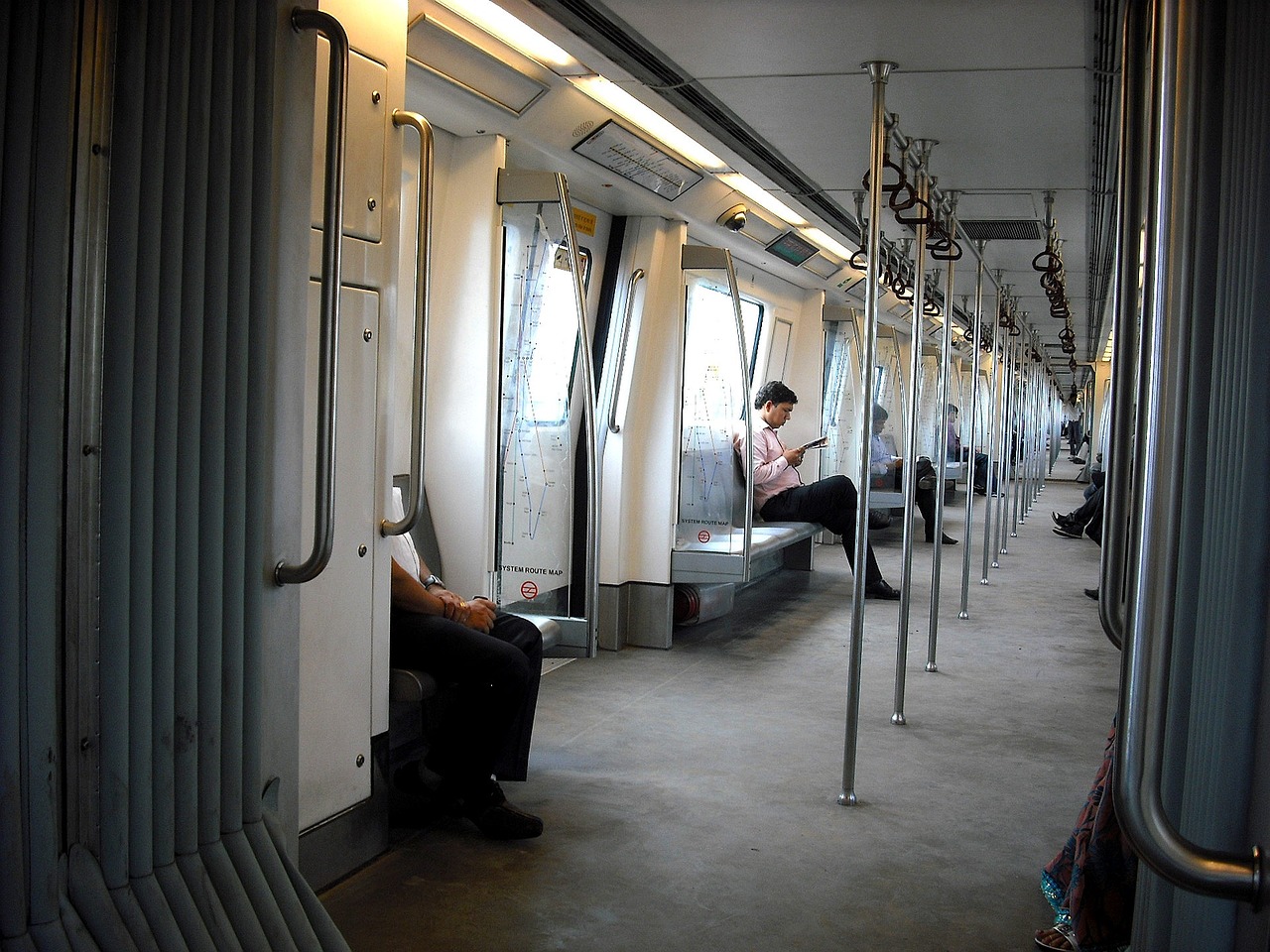
Double-decker Buses Regaining Prominence in Indian Cities
Once upon a time, the grandeur of double-decker buses graced the streets of India’s megacities, serving as a pivotal element of mass transit systems and the cultural identity of these sprawling urban centers.
However, approximately two decades ago, these iconic buses gradually vanished from most cities, except Mumbai. Their decline was attributed to escalating traffic congestion, fuel efficiency concerns, and questions about their contributions to public transport capabilities.
Today, many Indian cities are reintroducing double-decker buses, often in modern electric forms. Hyderabad and Kolkata have successfully brought these majestic giants back to their streets, and Ahmedabad and Bangalore are in the process of following suit. Even smaller towns like Tirupati have incorporated double-decker buses into their transportation fleets.
Arvind Kumar, the metropolitan commissioner of the Hyderabad Municipal Development Authority (HMDA), shared, “We received numerous social media requests for double-decker buses, prompting us to include them in our rapidly expanding electric bus fleet. Presently, six double-decker buses are in service in the city and have been well-received. This is just the beginning; we have already ordered an additional 25.”
Making the Transition to Electric
Earlier this year, Mumbai, the only city that maintained its affection for double-decker buses, became the first city to introduce electric air-conditioned double-decker buses. These buses, reminiscent of London’s iconic double-decker buses, were initially introduced in Mumbai in 1937. By the 1960s, Mumbai, then known as Bombay, boasted at least 900 of these buses bustling through its streets.
Indeed, these red double-deckers traversing Mumbai’s roads are symbolic of the city, deeply ingrained in its cultural identity and featured in Bollywood films over the years. When Mumbai bid farewell to its last diesel double-decker bus last month, it evoked a wave of nostalgia, with thousands sharing their experiences with these buses on social media, underscoring their emotional ties to these vehicles.
In keeping with its love for these buses, Mumbai has placed an order for 900 electric double-decker buses, soon to join the city’s transportation fleet.
Vijay Singhal, the general manager of the Brihanmumbai Electric Supply & Transport Undertaking (BEST), which operates Mumbai’s bus service, expressed, “Forty are already on the roads, and the remaining should hit the streets within the next few months. The double-decker bus has always been ‘Mumbai ki shaan’ (Mumbai’s pride). It’s comfortable, very popular among people, and has a strong visual appeal.”
Other cities are also introducing electric double-deckers, albeit in smaller numbers. Bengaluru is set to reintroduce double-decker buses by the end of this year, initially operating on selected high-density routes.
Sathyavathi G, the managing director of the Bengaluru Metropolitan Transport Corporation (BMTC), shared, “We plan to introduce 10 electric double-decker buses. Initially, we intended to purchase them outright, but we have now opted for the gross cost contract (GCC) model. We are currently in the process of identifying the most suitable routes for these electric buses.”
Under the GCC model, BMTC will handle conductors and fare collection, while a private entity will manage operations, maintenance, and driver oversight. The private entity will receive compensation based on a fixed operational cost per kilometer.
Nostalgia plays a significant role in the decision to reintroduce these buses, and their further expansion will be based on the response to the initial ten buses.
Bengaluru residents have welcomed the return of their beloved buses. “When I was in school in the late 80s, it was such a joy riding the double-decker bus number 134 from Shivajinagar to Ulsoor. I remember there were many other popular routes like 131 and 150. They may have disappeared from our streets, but not from our memories. They should never have been taken off the roads,” said Srujan S, a resident of Bengaluru.
Historical Origins
While Mumbai is most synonymous with double-decker buses in India, Kolkata was one of the first cities to introduce them. In 1926, Walford & Company launched Kolkata’s inaugural double-decker bus, registered as MB 42, initially accommodating 56 passengers.
The erstwhile Left Front government began phasing them out in the early 1990s, and by 2005, the last double-decker bus had vanished from the city’s streets. However, in 2020, Kolkata reintroduced diesel double-decker buses, primarily operating on tourist routes.
Globally, few cities are as closely associated with double-decker buses as London. For over a century, these vibrant red buses have embodied the British capital’s unique charm. For tourists and locals alike, these buses are not merely a mode of transport but an integral part of London’s character.
Debate Over Double-Deckers
Shashi Verma, the chief technology officer at Transport for London (TfL), discussed the efficiency and role of double-decker buses in different cities’ transport systems. He said, “Double-decker buses are an effective means of increasing bus capacity, constituting three-quarters of London’s fleet. However, they do come with their challenges. Heavier and less maneuverable buses require more driver training and discipline. Boarding and disembarking are more intensive due to increased capacity, necessitating clear bus stops and smoother in-and-out movements.”
Verma added, “Given their weight, the challenge of finding suitable batteries for running these buses without overburdening









